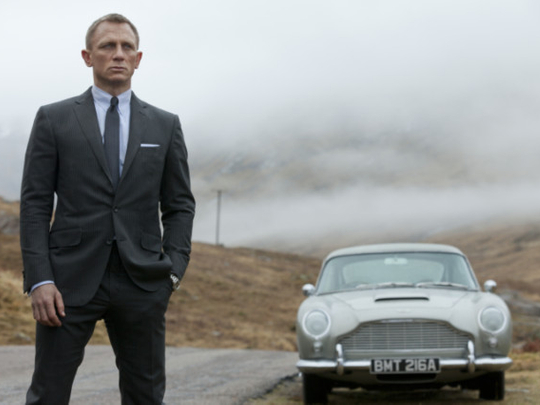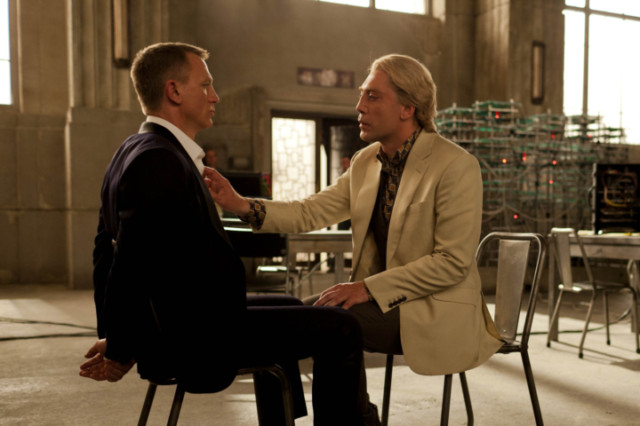
Late in the new James Bond film, Skyfall, our dashing secret agent turns to his boss, M, and tells her, “We’re going back in time”.
He’s driving his iconic Aston Martin DB5 as he delivers the line which says so much about what Sam Mendes has done with 007 in the 23rd film: retained Daniel Craig’s modernism while bringing back the warmth and elegance of the early films -- and somehow dodging cliche the way Bond does bullets.
Craig himself has defrosted, thankfully, from the iceman of Quantum of Solace, and learned to deliver the wink-wink double entendres we loved from Connery and Moore. Judi Dench, as M, has thankfully not warmed to Bond, and retains her disdain for his unorthodox tactics.
The film operates in the climate of modern Britain, where Bond’s techniques -- in fact those of MI6 as a whole -- are seen as old-fashioned and parliamentary committees are brought in to oversee operations, to the disgust of old-school Luddites like 007, who is contrasted with a youthful computer genius (played with the lightest of nerdy touches by Ben Whishaw, who like most of Mendes’ characters, avoids parody).
What’s the same: Bond beds three nubile young things in the first hour (of a long two-and-a-half hours); drinks the customary Martini in an exotic casino where millions change hands (Macao); and gets tied to a chair, during which time his manhood is, let’s say, unpleasantly handled.
The foe putting Bond in such an uncomfortable position is Raoul Silva, played with theatricality by Javier Bardem, who is clearly having the time of his life. This baddie is the complete opposite of Bardem’s No Country For Old Men assassin Anton Chigurh. For one, his awful hairstyle is blond; secondly, he’s incredibly camp. He practically skips with excitement when Bond and M -- with whom he has a score to settle -- unwittingly play into his explosive game. Bardem has said he was inspired by the earlier villan Jaws, he’s got his disfigured face, for sure, but is closer to Scaramanga in creepiness.
I found touches of Batman and Harry Potter in the film’s second act, which take us back to Bond’s childhood, which has serious shades of Bruce Wayne: a stately but grim mansion where a young boy hides after being orphaned; allusions to childhood trauma that made him the man he is today. Crows circle his ancestral Scottish pile where he and Dumbledore -- I mean, M -- settle in to fight off the “shadows”, as M refers to their enemies. Much of Bond’s background information comes from Ian Fleming, who wrote it in You Only Live Twice, in an obituary after Bond fakes his own death.
M herself is forced to write an obituary in this film, finding herself under pressure after a series of fatal errors, including the loss of a list of field operatives’ names and an explosive attack on MI6’s offices in Central London. The British government itself may be MI6’s worst enemy, in the shape of Ralph Fiennes (famous for his portrayal of Lord Voldemort) as Gareth Mallory, a committee head assigned to sort out the mess MI6 has become.
To be critical, the film is rather long, but only drags during the closing fight. Albert Finney, as Bond’s version of Bruce Wayne’s Alfred, plays his role well but is miscast as a Scottish gamekeeper; his Scotch brogue is nonexistent. Apart from Dench, who earns respect as M, the women, as ever, are incredibly disposable; is that the price to be paid for going old-school? Nonetheless, much more criticism would be churlish: Craig, who is signed on for two more films, has found the right balance of seriousness and comedy that characterised early Bonds. He can do funny, vulnerable and tough, all packed into that exquisitely-cut Tom Ford suit.







